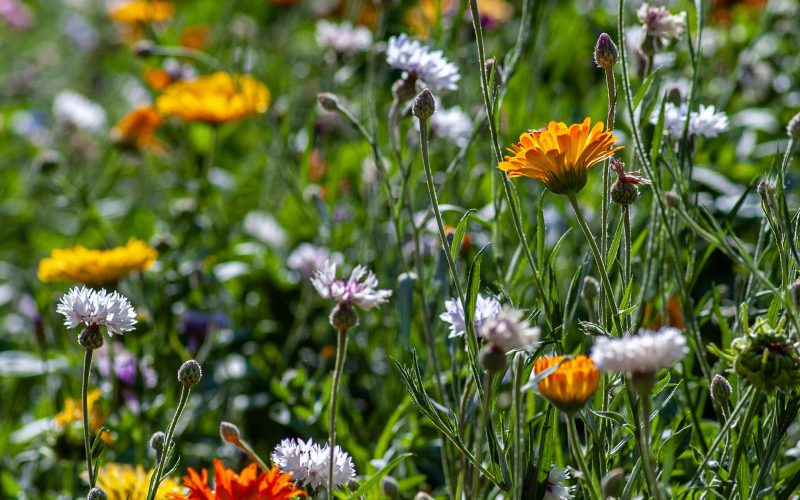Introduction:
In the vast tapestry of life on Earth, plants stand as true marvels of adaptation and resilience. They have evolved over millions of years, adapting to various environmental challenges and carving out their place in nearly every ecosystem on the planet. From deserts to rainforests, from the highest mountains to the depths of the oceans, plants have displayed an astonishing array of adaptations that allow them to thrive, survive, and contribute to the planet’s biodiversity. In this article, we will delve into the fascinating world of plant adaptations and uncover the strategies they employ for survival and prosperity.
- A World of Limitations: Adaptations to Extreme Climates
Plants face numerous challenges when it comes to coping with extreme climates. Whether it’s scorching deserts, freezing tundras, or saline marshes, plants have developed remarkable adaptations to conquer these inhospitable environments. Some have evolved long taproots to access water deep underground, while others boast specialized leaf structures to minimize water loss through evaporation. Examples like cacti, with their ability to store water in their fleshy stems, and Arctic mosses, which can freeze and resume photosynthesis once temperatures rise, highlight nature’s ingenuity.
- Outsmarting Herbivores: Defense Mechanisms in Plants
In the perpetual arms race between plants and herbivores, plants have evolved an arsenal of defense mechanisms to deter predators and ensure their survival. One common strategy is the production of chemical compounds that repel or poison potential herbivores. The classic example is the bitter taste of certain leaves, like those of the neem tree, which make them unappetizing to insects and animals. Other plants employ physical deterrents such as thorns, spines, or trichomes (tiny hairs) that protect against browsing or provide a slippery surface to deter climbing predators.
- Ingenious Reproduction: Plant Strategies for Propagation
Reproduction is vital for the survival and prosperity of any species, and plants have developed ingenious strategies to ensure their offspring’s dispersal and establishment. Some plants have evolved mechanisms to rely on wind for the dispersal of their seeds, employing feathery structures like those found in dandelions or wings like those seen in samaras of maple trees. Others have developed mutually beneficial relationships with animals, enticing them with nectar or edible fruits, which in turn aids in seed dispersal through the animal’s droppings.
- Cooperative Endeavors: Symbiotic Relationships with Other Organisms
Plants have formed remarkable partnerships with other organisms, showcasing the power of cooperation in the natural world. One notable example is the mutually beneficial relationship between plants and pollinators. Flowers have evolved vibrant colors, enticing fragrances, and nectar rewards to attract insects, birds, and bats that inadvertently transfer pollen between plants, ensuring successful reproduction. Additionally, mycorrhizal fungi form intricate associations with plant roots, providing essential nutrients in exchange for sugars produced by the plants, fostering a mutually advantageous bond.
- Adapting to Changing Landscapes: Plant Responses to Environmental Shifts
As the Earth undergoes rapid environmental changes, plants must adapt to new conditions or face the risk of extinction. Some plants exhibit phenotypic plasticity, allowing them to alter their growth patterns or physiological characteristics in response to environmental cues. This flexibility enables them to thrive in varying conditions. However, long-term changes require genetic adaptations, and certain species have shown the ability to evolve rapidly, such as the peppered moth’s shift in coloration during the Industrial Revolution to camouflage against polluted backgrounds.
Conclusion:
Plants, the green warriors of our planet, have demonstrated incredible adaptability and resilience in the face












